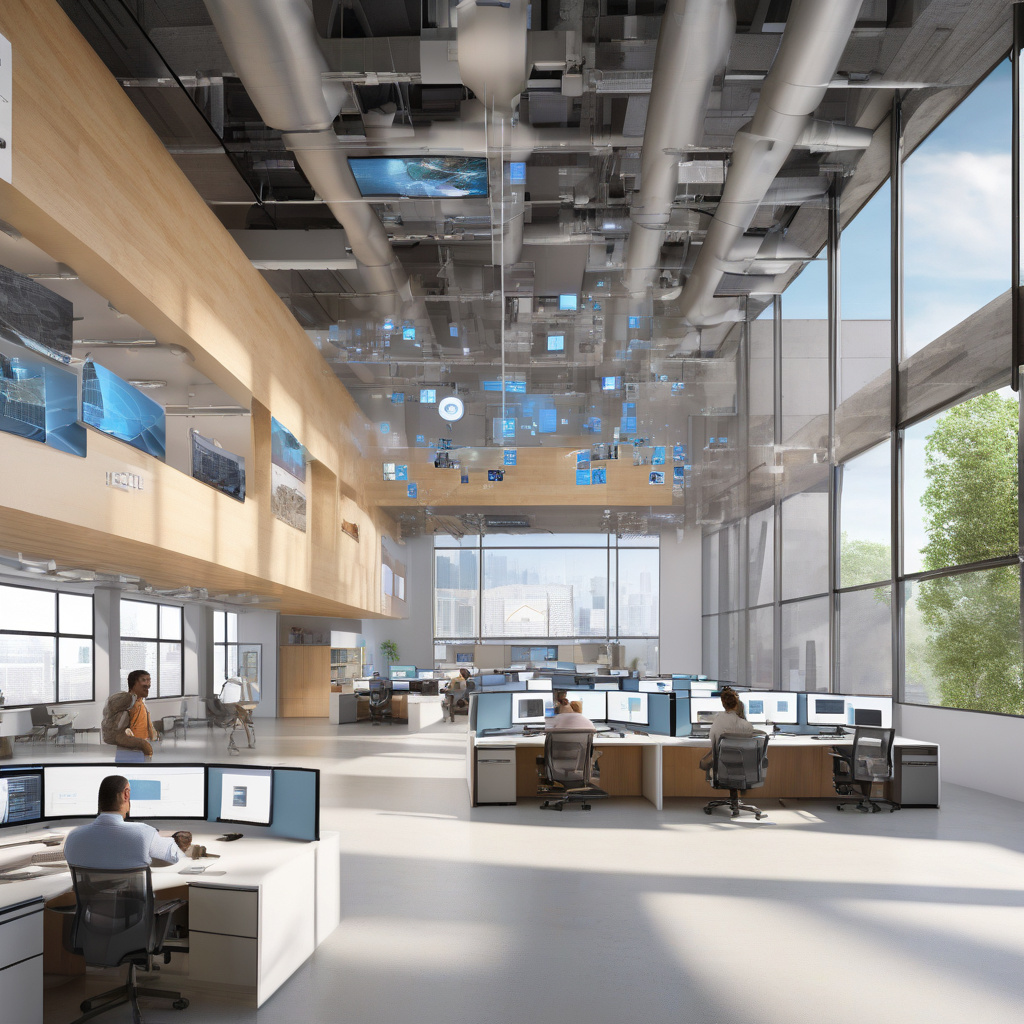DevOps Remediation Architecture for Azure CDN From Edgio
In the ever-evolving landscape of technology, adaptability is key. Some ongoing projects are currently leveraging Azure CDN from Edgio (formerly Verizon), which is officially being retired. Notably, the shutdown date has been moved up to January 7, 2025, meaning users must take action sooner than initially planned.
As IT professionals, it is essential to stay ahead of such transitions to ensure seamless operations. Understanding the implications of this retirement is crucial. Microsoft’s official guidance provides valuable insights into the necessary steps to navigate this change effectively. By reviewing the Azure CDN from Edgio retirement FAQ, professionals can grasp the implications and plan for the required remediation strategies.
DevOps plays a pivotal role in orchestrating the remediation architecture for transitioning away from Azure CDN from Edgio. Let’s delve into some key considerations and best practices for implementing a robust remediation plan in this scenario.
Assessing the Current Landscape
Before embarking on any remediation efforts, it is vital to conduct a comprehensive assessment of the existing infrastructure relying on Azure CDN from Edgio. This assessment should encompass identifying all dependencies, configurations, and performance metrics associated with the CDN service.
By gaining a thorough understanding of the current landscape, DevOps teams can effectively map out the transition plan and mitigate any potential risks or disruptions during the migration process.
Identifying Alternative Solutions
With the retirement of Azure CDN from Edgio on the horizon, it is imperative to explore alternative solutions that align with the project requirements and performance expectations. Azure provides a range of CDN options, including Azure Front Door and Azure CDN from Microsoft.
DevOps professionals need to evaluate these alternatives based on factors such as scalability, security features, geographic coverage, and integration capabilities to determine the most suitable replacement for Azure CDN from Edgio.
Implementing a Phased Migration Approach
To ensure a smooth transition away from Azure CDN from Edgio, DevOps teams should adopt a phased migration approach. By breaking down the remediation process into manageable stages, organizations can minimize downtime and potential disruptions to end-users.
Each phase of the migration plan should include thorough testing, monitoring, and rollback procedures to address any issues promptly. This incremental approach allows for greater control over the transition process and reduces the likelihood of unforeseen complications.
Automating Remediation Workflows
Automation is a core principle of DevOps practices, and leveraging automation tools for remediation workflows can streamline the migration process significantly. By automating tasks such as configuration updates, deployment processes, and testing procedures, organizations can enhance efficiency and accuracy while reducing manual errors.
Tools like Azure DevOps, PowerShell scripts, and infrastructure as code (IaC) frameworks can facilitate the automation of remediation tasks, enabling DevOps teams to focus on strategic initiatives and innovation rather than manual labor.
Monitoring and Optimization
Post-migration, continuous monitoring and optimization are essential to ensure the new CDN solution performs optimally and meets the project’s requirements. DevOps teams should establish robust monitoring mechanisms to track key performance indicators, detect anomalies, and proactively address any issues that may arise.
By leveraging monitoring tools, such as Azure Monitor and Application Insights, organizations can gain real-time insights into the CDN’s performance and user experience, enabling them to make data-driven optimizations and enhancements as needed.
In conclusion, the retirement of Azure CDN from Edgio presents a significant challenge for organizations relying on this service. However, with a proactive approach to remediation architecture and the adoption of best practices in DevOps, IT professionals can navigate this transition smoothly and ensure the continuity of their projects.
By assessing the current landscape, identifying alternative solutions, implementing a phased migration approach, automating remediation workflows, and prioritizing monitoring and optimization, DevOps teams can mitigate risks, enhance efficiency, and drive successful outcomes in the post-Edgio era of Azure CDN.
Remember, staying informed, proactive, and adaptable is the cornerstone of effective DevOps practices in the ever-evolving technological ecosystem. Embrace these principles, and navigate the Azure CDN transition with confidence and competence.

